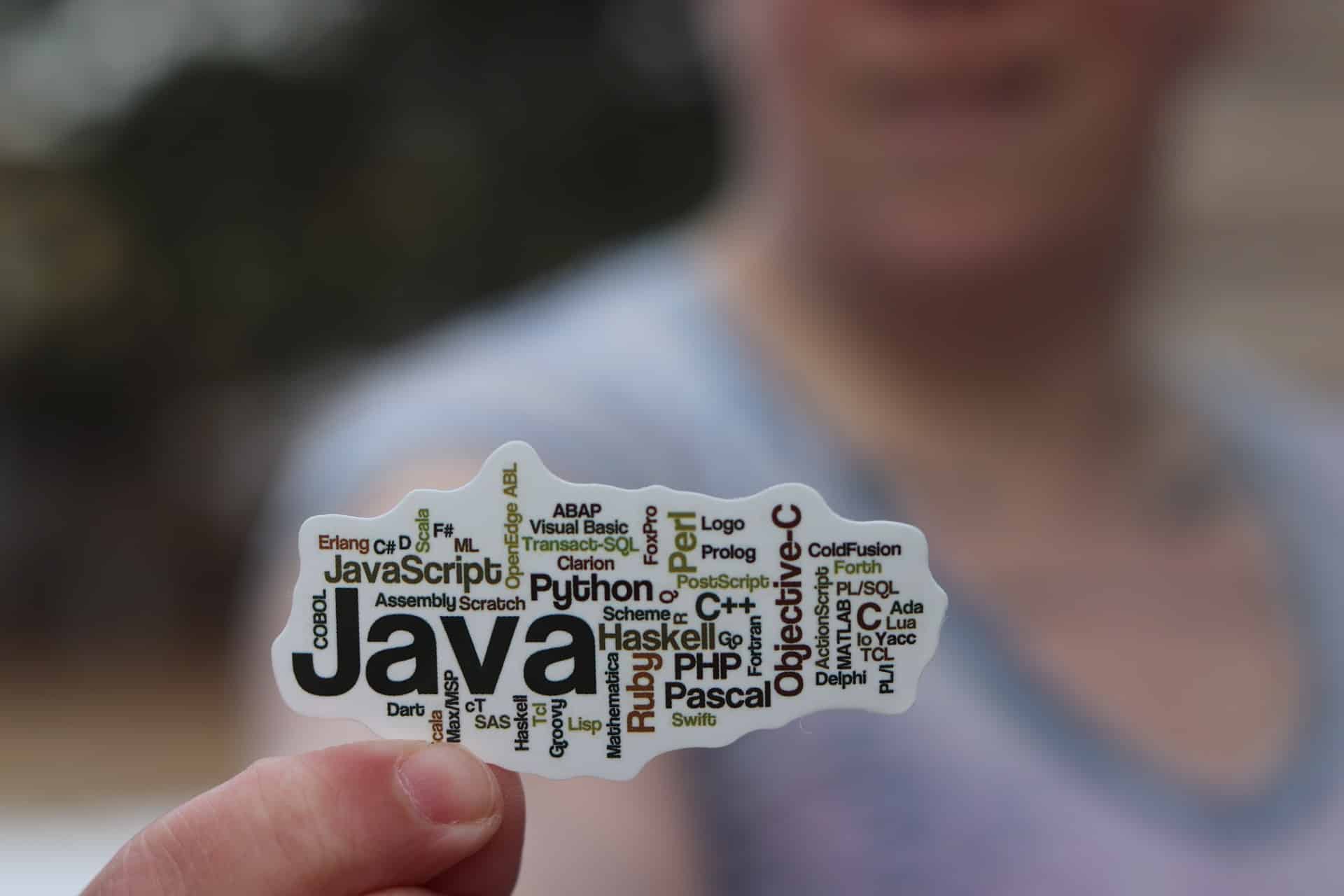For the most part, we are beings driven by first impressions. Whether it’s a fine package for a product or a new acquaintance, we usually notice the exterior first. It’s similar when it comes to the internet and webpages, and that’s where frontend development technologies come in. Among the usual basics, there are some other promising technologies that help create high-speed interfaces that stand out.
Frontend vs. Backend Development – User and Admin Perspectives
First, let’s explain the main difference between backend web development and frontend web development. The backend is related to the database and server side of software and applications. On the other hand, the frontend is connected to the user side of applications – interfaces and browsers.
Both are equally important for the success of a project, but the frontend is what users interact with, see, and experience at first glance. Backend is what the person working on the website sees, whether it’s adding new features or just some new blog post, while the frontend shows everything that somebody does on the backend.
Understanding Frontend Web Development
Now, let’s focus on the frontend. When a user browses the internet for any particular topic, they will stick to those results and websites that are appealing, user-friendly, and engaging. At its essence, the frontend is what a user interacts with through a web browser. It involves creating an interface that users see and with which they interact.
While you browse through the vast digital landscapes in search of the latest memes, a product you need (or don’t), or you’re just bored, you probably don’t stop to think about how it all works. The processes behind it, including the slides of images, the clickable buttons, and navigation – these are all different examples of the frontend. However, in order to present you with the best possible look, design, and action, frontend developers use the best frontend web development technologies available.

What Can Be Considered a Top Frontend Technology for Web Development?
In the constantly evolving landscape of web development, it’s not easy to pinpoint one particular. This may vary based on the project needs, team expertise, and current trends. But what’s important when it comes to MVP software development or, in other words, MVP app development, is prioritizing user experience. In essence, you should aim to create an intuitive, responsive, and visually appealing interface, and you should use a tool best suited for such a task.
Understanding what are the technologies used in frontend development is important, but it’s equally important to understand the needs of your project. Here are some factors that you should consider before choosing the right tool:
- The scope of your project,
- The experience of each member of the team in using the particular tool,
- The popularity of the framework or tool because a bigger community might help if you’re stuck during development,
- If your website contains numerous pages with similar elements, implementing a design system might be a smart choice to maintain consistency and efficiency,
- Ensure the chosen technology can adapt and grow with your project, meeting increased demands with ease,
- For projects involving multiple teams, micro frontends can be an effective solution,
- Lastly, make a conscious decision to select a technology that aligns well with your project’s specific requirements.
There are no simple answers when you wonder which technology suits your project best. But these factors can help you make the final decision. Now, let’s focus on the available tools and frameworks.

The Starter for Everything – HTML (HyperText Markup Language)
Now, let’s begin at the top or at the core. If you’ve ever wondered about what lies in the foundation of desktop application development and you’ve thought about HTML, you weren’t wrong. The technology of HTML (HyperText Markup Language) won’t leave anytime soon, even though it can’t offer you the most dynamic user interface. What it does, though, is provide you with a tool that creates the “markup” or structure of a website. The elements of HTML offer essential tools to create and add forms, buttons, containers, and many more features.
Styling the Way – CSS (Cascading Style Sheets)
At the core of frontend and prototyping software development, along with HTML, is CSS. CSS or Cascading Style Sheets is a handy tool that lets you apply extra style rules to your HTML setup. It makes sure your application is appealing and responsive, complete with animations that enhance user interaction and compatibility with all screen sizes and devices.

Making Things Work and Move – JavaScript
JS or JavaScript is among the most important tools in the world of web and mobile application development. This technology is consistently standing as a vital frontend tool that empowers developers to easily change the content and features of apps on both computers and smartphones. Although it is primarily recognized as the programming language for creating web pages, it is also used in numerous non-browser settings, including Apache CouchDB, Adobe Acrobat, and Node.js. With JavaScript, creating diverse functionalities like shopping carts, intricate animations, tax calculators, and browser-based games is a breeze.
React Is The Most Popular Among the JavaScript Frameworks
React is a resource within the JavaScript realm that introduces a fresh set of instructions, all while operating on the core principles of JavaScript. This makes the process of building web applications in all MVP stages easier and quicker, thanks to its simple language and component-focused structure. Initially developed by Facebook to boost efficiency and simplify upkeep for their own platforms, it has blossomed into a community-driven open-source project. Today, it enjoys popularity among frontend developers as a top choice in the JavaScript toolkit.
Angular Has a Growing Market as a JS-Based Framework
Angular is a comprehensive JavaScript frontend framework backed by Google. It’s known for its modular and component-centered design, which has earned it a loyal following among frontend developers around the globe. Although it is praised for being simple, especially for making single-page apps, some find it slightly more challenging to learn compared to React. However, making the effort to master it can be a wise career move, given the increasing market demand for specialists in this field.
Typescript Is Becoming a Standard for Apps
For those familiar with frontend work, the complexity of JavaScript, especially concerning types, is well known. TypeScript simplifies this by adding syntax for type definitions, which leads to easier debugging and more stable software development. It highlights errors related to variable types right away, so it enables corrections before a user encounters issues.

Frontend Development Technologies in Conclusion
Frontend development technologies are the backbone of crafting websites and apps that are not only visually captivating but also user-friendly and interactive. Using the latest technologies and frameworks, we at Juratech specialize in bringing your ideas to life swiftly and efficiently. Our app development services are a solution to your needs, so let’s dive into its potential with you.
Juratech is a mobile app development company and the desktop application development company you’re looking for. Contact us today and employ our frontend web development services because a software development outsourcing team might be just what you need!







